Doo Wop: The Sounds of Philadelphia (50s-style).
Text and image by Jillian Mallon.
On a busy Tuesday afternoon at the Bourse building on Independence Mall, Lee Jolles mans his station at the Grande Olde Cheesesteak booth, rushing to feed a crowd of hungry 8th grade tourists donned in matching t-shirts.
Jolles started Grande Olde Cheesesteak more than thirty years ago so that visitors to Philadelphia could taste a real Philly cheesesteak while visiting the nearby Liberty Bell.
His passion for the flavor of Philadelphia to visitors, however, extends beyond the stereotypical sandwich. Jolles’ other lifetime passion is street corner harmony, better known as doo wop.
“I was about 8-years old and I had an older brother listening to it,” says Jolles, who grew up in West Philly. “It was our music. That meant a lot to me because what was out there was pop: Sinatra, Doris Day, Perry Como, Dean Martin. Doo wop was just for us, you know, with the hoodlumism that went with it.”
 The term “doo wop” was coined in 1961 by a writer for the Chicago Examiner. He was describing the type of music that had blossomed in the 1950s when groups of people gathered to harmonize on the street corners of urban areas, emulating the barbershop quartet nature of a previous generation. Doo wop is an early form of rhythm and blues music, featuring a capella singing about everyday lives of youths – romance, cars, annoying adults, neighborhood pride, etc.
The term “doo wop” was coined in 1961 by a writer for the Chicago Examiner. He was describing the type of music that had blossomed in the 1950s when groups of people gathered to harmonize on the street corners of urban areas, emulating the barbershop quartet nature of a previous generation. Doo wop is an early form of rhythm and blues music, featuring a capella singing about everyday lives of youths – romance, cars, annoying adults, neighborhood pride, etc.
Jolles, now known as DJ Mister Lee to his listeners on Warminster’s WRDV 89.3 FM, hosts an oldies show that includes an artillery of doo wop hits that rarely – if ever – have been heard on the radio.
He’s also the current president of the Philadelphia Group Harmony Association, a group dedicated to the preservation of doo-wop music and street corner harmony.
“I was raised on a corner, which is not unusual,” Jolles proclaims while leaning back in his chair, a pack of Kent cigarettes popping out of his shirt pocket. “Everybody hung out on a corner.”
When he was a kid, his family parties featured performances by the local act The Fantasies. Jolles and his friends would try to harmonize with them. Bands emerged all around his neighborhood.
“We had a group called the Ly-Dells,” he recalls, “They lived in my back alley, practically. They made a couple of records. Some of them good.”
Group harmony in America dates back to the 1800s with slave songs. It evolved in the 1930s when The Mills Brothers formed the basis of modern group harmony by imitating instruments through their voices, according to Charlie Horner, the longtime WXPN radio host and co-leader of Classic Urban Harmony, a website dedicated to the history of doo wop and rhythm and blues music.
Formal singing groups followed this trend until the 1950s when group harmony took to the streets, morphing into the spontaneous and infectious sounds of doo wop. The songs evoked the congested urban existence the young performers experienced – lyrics bragged about cars and wooed girls, and the harmonized rhythms mimicked the frenetic sounds of the city.
“I recall times when I was young going into Center City Philadelphia and hearing groups singing around City Hall in the tunnel area,” recalls Horner. “You get a natural echo. They would sing in subways and in tunnels and places where you had a little bit of echo. It filled out the voices.”
Singing outside not only improved the acoustics of their songs but also brought the inner city communities together – every corner had their own group, and every neighborhood had their own sound. That also created rivalries among the young greasers in white T-shirts and black leather jackets.
 “It was part of the neighborhood,” says Jerry Blavat, the longtime DJ known as the Geator with the Heater. “You were a part of the neighborhood and the music was a part of our culture. That music was not our parents’ music. Our parents related to Frank Sinatra and Rosemary Clooney, Frankie Lane, The Mills Brothers, The Four Aces. Our music was Frankie Lyman and the Teenagers, The Cliptones, The Five Satins, The Del Vikings, The Penguins.”
“It was part of the neighborhood,” says Jerry Blavat, the longtime DJ known as the Geator with the Heater. “You were a part of the neighborhood and the music was a part of our culture. That music was not our parents’ music. Our parents related to Frank Sinatra and Rosemary Clooney, Frankie Lane, The Mills Brothers, The Four Aces. Our music was Frankie Lyman and the Teenagers, The Cliptones, The Five Satins, The Del Vikings, The Penguins.”
Though doo wop was popular in a number of urban areas, including New York, Chicago, Baltimore, New Haven and San Francisco, Philadelphia doo wop has certain aspects that other cities do not.
“The Philadelphia sound, particularly in the early 1950s and the mid-1950s, would be strong with a high tenor lead and a strong first tenor floating in the background,” says Horner. “Philadelphia influenced doo wop by virtue of the fact that you had a heavy, inner-city black population in need of some sort of recreation. If a couple of kids started singing on the schoolyard, they would attract attention. Other groups would listen to them and start singing and it would spread throughout the city.”
Philadelphia produced a number of artists who had national hits and toured around the world. But just as fast as the genre seemed to catch on, it was obscured.
“It was taken away from us very early by the British thing,” explains Jolles. “It didn’t die a natural death. It was an overnight death, like a martyr.”
As Jolles starts to speak about the demise of doo wop, his expression hardens and his voice carries anger and loss.
“Our music was going toward Motown at that point but that was acceptable because it was similar with group harmony,” Jolles says. “The Beatles thing was absolutely different music, period. It knocked all the singers out of the box. And I think we felt we were cheated.”
Because the genre was cut down in it’s infancy, much of the music produced never reached audiences beyond neighborhoods or hometowns.
“They did not have the distribution we have today,” Jolles continues. “If you were a New York group and a guy did a favor and recorded you, maybe he knew one disc jockey. So you never heard it in Philadelphia. So there was a lot of material that never got heard.”
Doo wop had a revival in the 1970s after the nostalgia act Sha Na Na performed at Woodstock. But the fad waned by the end of the 70s. The interest in doo wop bands today has declined as the audience has grown old.
“The audience is between 60 and 75-years old,” Jolles says with a sigh. “It just doesn’t look good and the audience is shot.”
Jerry Blavat still hosts a few shows every year at the Kimmel Center and Jolles and his Philadelphia Group Harmony Association book occasional gigs. But these days, it’s more about preserving the legacy of the doo wop. That’s the primary function of the annual Philly Doo Wop Festival, which takes place at Penn’s Landing on September 17.
“Philly played a major part in the development of doo wop music,” says Horner, “and the Festival is one way the city recognizes its historic contribution to this genre of music.”
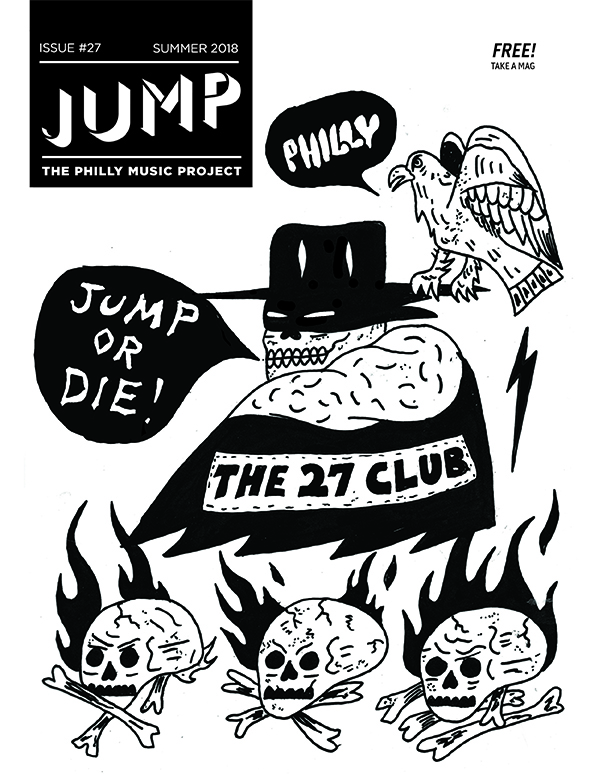
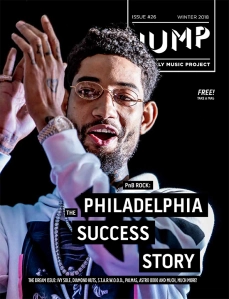
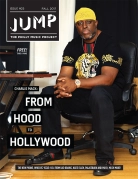

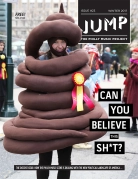
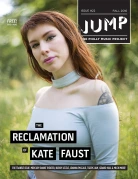




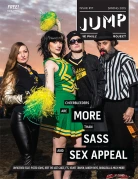
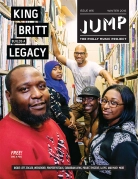


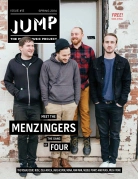



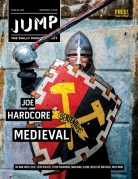
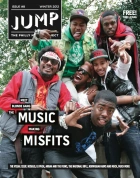
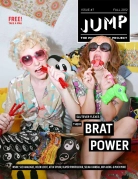









He’s dead.